Vietnam's rice export price has reached 1000 USD, a very high price compared to many years ago.

Export rice price hits 1000 USD/ton
Statistics from the General Department of Customs show that the average export price of Vietnamese rice to Brunei reached 959 USD/ton in the first 5 months of 2024. In addition, the export price of rice to many other markets also increased, such as the average export price of rice to the US reached 868 USD/ton, the Netherlands reached 857 USD/ton, Ukraine reached 847 USD/ton, Iraq reached 836 USD/ton, Türkiye reached 831 USD/ton...
The high export price of rice has contributed significantly to the export turnover of this item. According to the latest report of the Ministry of Industry and Trade , Vietnam exported 650,000 tons of rice with a turnover of 416 million USD in June 2024, an increase of 5.7% over the same period last year. In the first half of 2024, rice exports reached 4.6 million tons with 2.9 billion USD, an increase of 10.4% in volume but up to 32% in value compared to the same period in 2023.
This result is due to the fact that businesses have taken advantage of the increasing demand for rice imports from traditional markets in recent times. In the current conditions and certainly in the future, food security is not only a national issue, but a global one. Therefore, rice exports will continue to have many great opportunities to increase turnover.
According to Mr. Phung Duc Tien, Deputy Minister of Agriculture and Rural Development, in the first half of this year, rice was the 5th most exported commodity. agricultural export turnover (after wood and wood products, seafood, vegetables, coffee); and is also one of the items recording high growth rates. Vietnam's main rice export markets are currently the Philippines, Indonesia, China, Ghana, Malaysia, Singapore... Of which, the Philippines market accounts for more than 38% of total rice exports.
For the Ministry of Industry and Trade, since the beginning of 2024, the Ministry of Industry and Trade has coordinated with relevant agencies to actively implement many activities to promote rice trade between Vietnam and its partners. Specifically, bilateral negotiations and exchanges with Indonesia and Malaysia on considering signing a memorandum of understanding on rice trade, creating a stable and sustainable environment for rice trade for businesses of the two countries.
Regarding the Philippine market, the Minister of Industry and Trade and the Minister of Agriculture of the Philippines signed a memorandum of understanding on rice trade cooperation. During the period of 2024-2028, except in cases of natural disasters and crop failures, Vietnam is willing to provide the Philippines with an annual quantity of up to 1.5-2.0 million tons of white rice, and at the same time agreed to implement a number of measures to exchange information, support, and facilitate rice trade activities between the two countries.
Overcoming the limitations of rice export
Although rice exports have improved, this industry still has some shortcomings and limitations. One of the major limitations is that traders have not focused on linking and building a chain from production to consumption of rice, so there is a situation where farmers have rice but do not know which business to sell to and vice versa, businesses that want to buy do not know where to buy the right product according to their requirements. Rice export activities still go through traders, causing intermediary costs.
In addition, in recent times, there have been rice export contracts that, although signed, the exporting enterprises did not fulfill their commitments and were forced to break the contracts. The reason is that the enterprises did not cooperate with the farmers and did not have a commitment to each other, so when the rice price increased, the enterprises could not buy goods at the expected contract price. Many contracts were canceled, affecting the enterprises as well as the image of the Vietnamese rice brand.

Therefore, the development of sustainable linkages between farmers, cooperatives, and enterprises in the rice supply chain needs to be promoted. This not only helps ensure a stable supply but also facilitates the application of high quality standards, increasing the added value of exported rice products.
On the other hand, many experts say that Vietnam's rice exports have increased sharply since the beginning of the year due to the increase in rice export prices. What has pushed up rice prices is that India has banned rice exports due to difficulties in rice production this year. Currently, India accounts for 40% of global rice production. In the second half of the year, rice will face challenges when India lifts the ban on rice exports. In addition, salinity in the Mekong Delta provinces is also a difficulty that the rice industry needs to find solutions to maintain growth.
Mr. Do Ha Nam, Vice President of the Vietnam Food Association (VFA), recommended that businesses need to link cooperatives and households to focus on high-quality rice to ensure smooth exports. This is a great opportunity for Vietnamese rice to affirm its position in the world market. As the third largest rice exporter in the world, Vietnam needs to pay more attention to export prices for high-quality rice products. This is the segment that must be targeted to create sustainability for this industry.
Preparing for market fluctuations in 2024, the Ministry of Industry and Trade has developed strategic, useful and appropriate solutions for each possible scenario. The Ministry of Industry and Trade will coordinate with the Ministry of Agriculture and Rural Development to proactively negotiate to diversify export markets, taking advantage of opportunities to capture new and potential markets to increase competitiveness for the rice industry.
Source



![[Photo] Anh Hoang - Dinh Duc successfully defended the men's doubles championship of the National Table Tennis Championship of Nhan Dan Newspaper](https://vphoto.vietnam.vn/thumb/1200x675/vietnam/resource/IMAGE/2025/5/23/d6ab3bcac02c49928b38c729d795cac6)
![[Photo] Top players gather at the 2025 Nhan Dan Newspaper National Table Tennis Championship](https://vphoto.vietnam.vn/thumb/1200x675/vietnam/resource/IMAGE/2025/5/23/9ad5f6f4faf146b08335e5c446edb107)



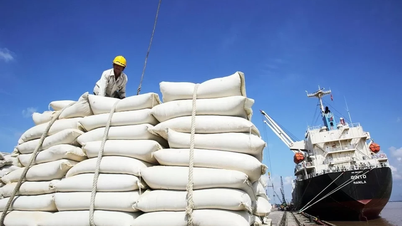

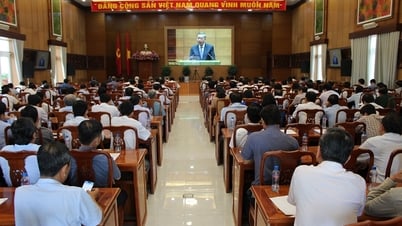
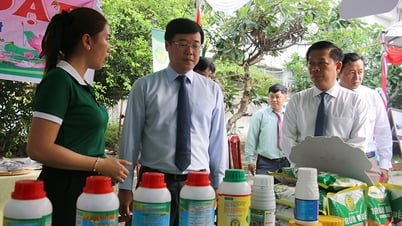










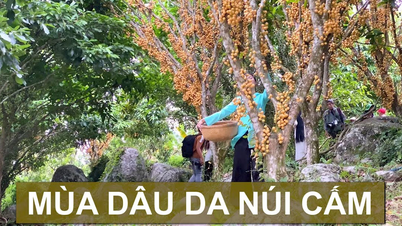
























































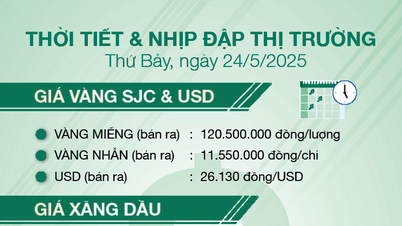

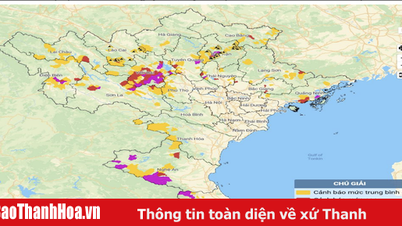












Comment (0)